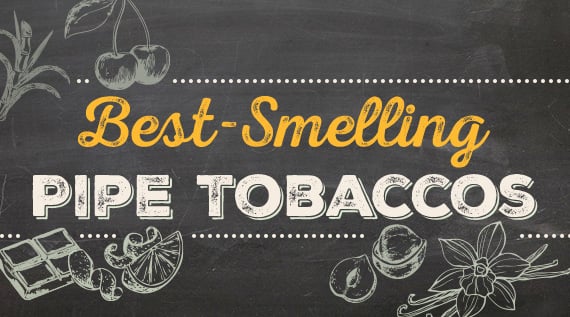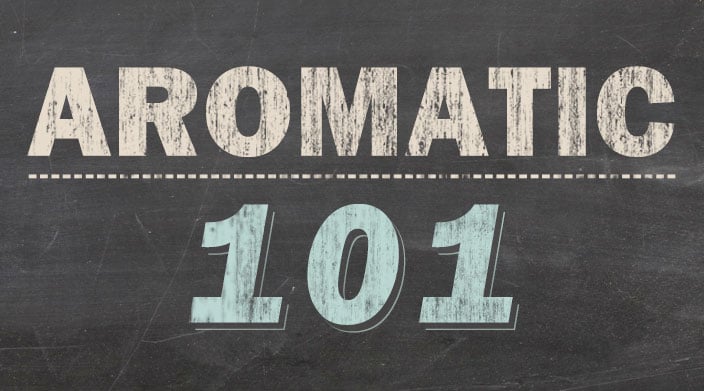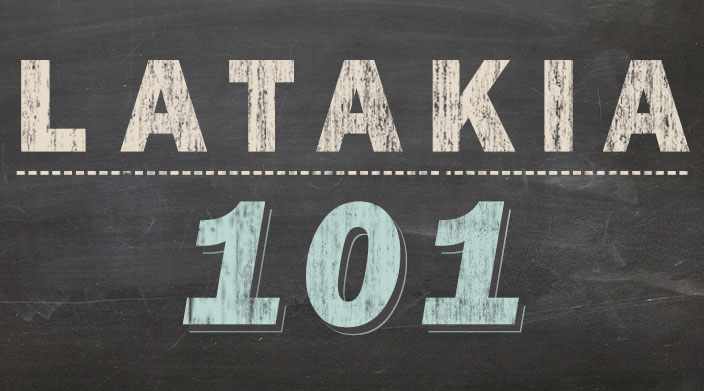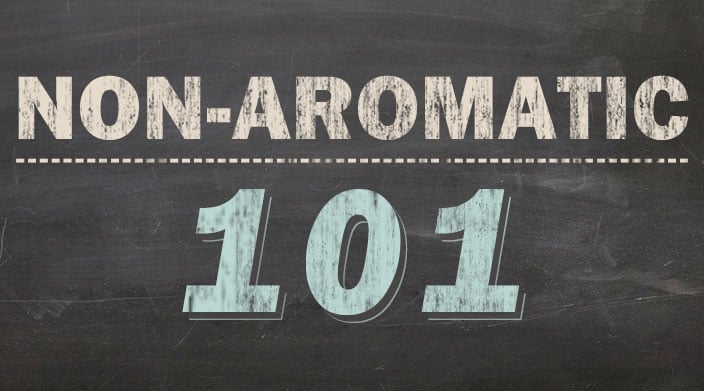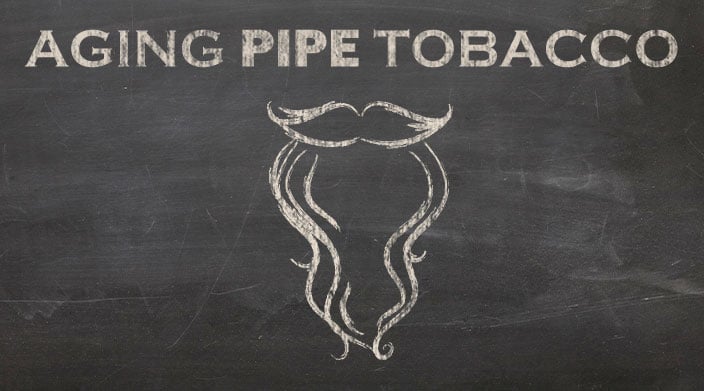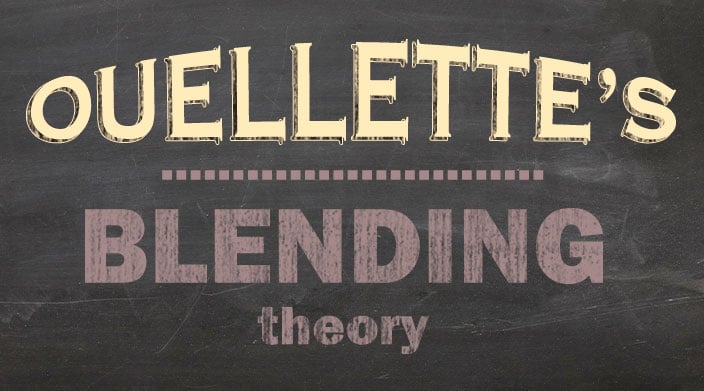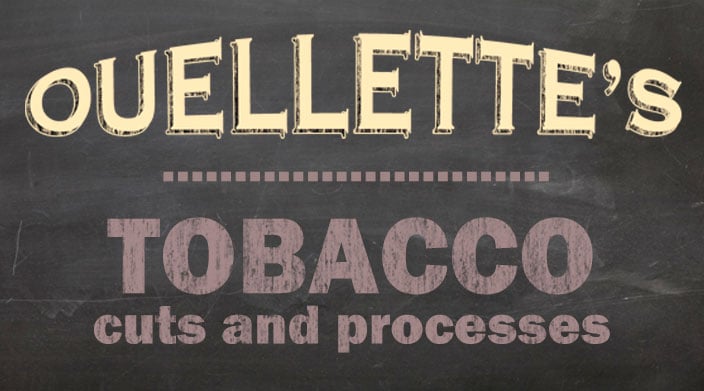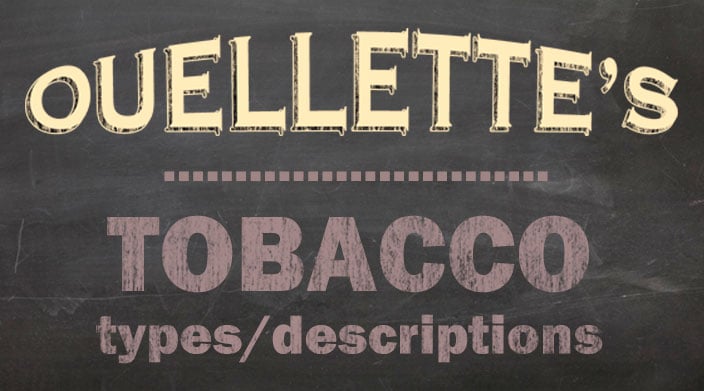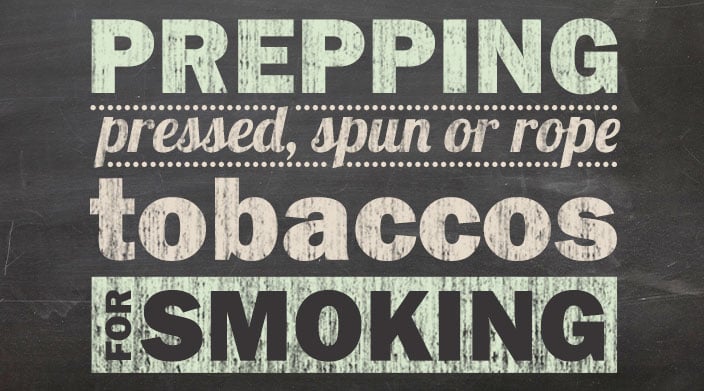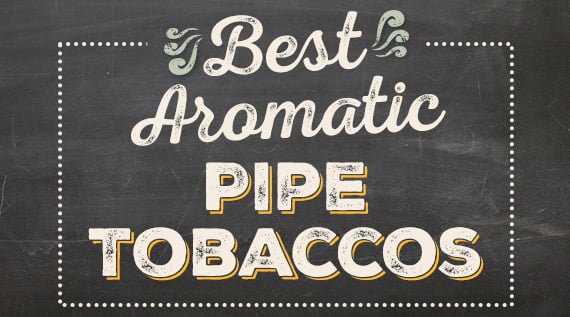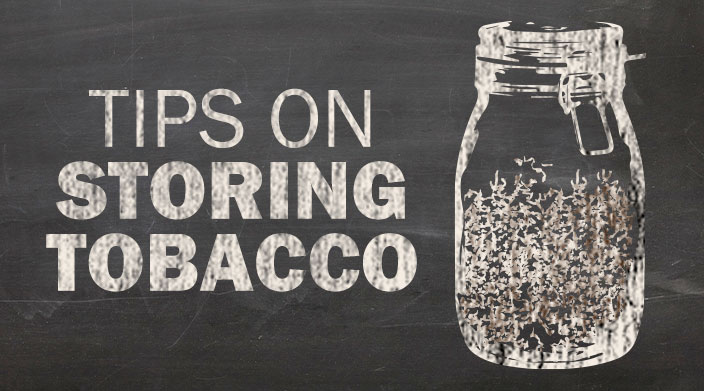With so many options and opinions, choosing the best beginner pipe tobaccos can be a difficult process. A myriad of factors determine one's reaction to a blend—from personal taste right down to the chemistry of their tongue. What bites one tongue may not another, what makes a “strong” nic-hit is a personal perception. One experienced smoker's advice might sound like a sadistic joke to another; “You recommended what?!”
No doubt, this is a symptom of what makes pipe smoking the enigmatic delight that it is—an indulgence that is boundless in exploration and personalization—one that you can bask in with others while knowing your experience is all your own. But before that enchantment touches ground, the beginner pipe smoker has some searching to do.
Every facet of pipe smoking—be it the blend, cut, or pipe shape and material—has its own implications for the smoking experience. The most palatable blend to the new pipe smoker might also be the one that teaches them the pain of tongue bite; The cut that's more difficult to pack might have a more seamless burn. It's hard to say precisely what will and won't be best for someone learning about pipe smoking.
Given that no advice is sure to apply universally, this guide will make suggestions for a wide range of blends. Even though some may be a bit easier than others to work with at first, I think trying a bit of everything is important to both exploring your taste, as well as developing an adaptability to the many variables involved in pipe smoking. But we'll orient those suggestions towards those which are inviting to beginners, making recommendations that navigate the hurdles of inexperience.
Basically, I hope for this list of the best pipe tobaccos for beginners to not only help new smokers find blends that agree with them, but that can help along in the exploration of pipe smoking as well.
Blend Types
We’ll focus on three blend families: Aromatic, English, and Virginia. With all the tobacco that can be blended in different ways, these distinctions can categorize blends based on their components and star players, but there are many sub-genres within them, and they aren’t perfect boxes. They’re convenient categories for grouping blends and discussing them—for developing a sense of your own taste preferences. But many blends challenge easy classification. Even between these broad categories there can be plenty of overlap. Take an English, give it a top flavoring, and you would best describe it as an Aromatic English, no more one than the other.
I only belabor this point because I recall that as a beginner, I often found myself confused over the labels and categories, but I was overthinking it. I’d hear a blend categorized one way, then another, and think “which is it?” I was expecting to find objectivity.
The blends here were chosen on their individual merit, while making a point to include a good sampling of these different blend types, but don’t get too bogged down on the categories.
Aromatics
Most pipe blends are “cased,” meaning, flavored with a sweetening agent for balance. However, we call a blend Aromatic when the added flavor plays a defining role in the profile. These are often our cherry, vanilla, or liquor blends, but they can be more enigmatic, or a mixture of flavors.
Lane 1Q
Among the preeminent Aromatic blends is Lane 1-Q, a fantastic pipe tobacco for beginners and veterans alike. Vanilla and caramel are in abundance here. If you enjoy the flavor of an unambiguous Aromatic but find they can be a bit cloying for your taste, 1-Q is a good bet. Don’t get me wrong, the flavoring is most of the story here, with a bit of Virginia grassiness peeking through, but it’s not quite as rich as its peers sometimes are. The Black Cavendish carries sweet flavors for a velvety smooth smoke.
Sutliff Vanilla Custard
An absolute crowd pleaser, Sutliff’s Vanilla Custard fills the air with rich, ambrosial vanilla. The Black Cavendish is a wonderful vehicle for confection-like sweetness, delivered in a creamy, dense smoke.
The exceptionally mild-bodied, full-flavored Vanilla Custard probably isn’t the one if you’re looking for subtlety. Though you may glean faint Burley nuttiness, you’re not getting much tobacco taste here. Vanilla Custard is simply straightforward, true to its name, Aromatic.
C&D Autumn Evening
Autumn Evening is a modern classic from Cornell & Diehl. Though it’s a delight any time of year for the appreciator of Aromatics, its redolent maple aroma makes it a wonderful complement to the crisp fall air. Though this maple is the star, Autumn Evening represents a more dynamic Aromatic experience, with an amalgam of flavors melding into a delightfully flavorful profile.
Supporting these flavors are Virginias and Cornell & Diehl’s proprietary Red Virginia Cavendish. American Cavendish is traditionally processed Burley, but this special ingredient sees Red Virginias stoved to bring a soft, caramelized delight from the naturally sweet leaf.
English Blends
Today, the English style refers to blends that make use of the exceptionally smoky tobacco type, Latakia. We think of Latakia as a condimental; with bold flavor, it’s used in small percentages, but a little goes a long way. A quintessential English is usually a mix of Virginia, Oriental, and Latakia, but the term is not limited to these.
Peterson Early Morning Pipe
Formerly Dunhill Early Morning Pipe, this is one of the genres defining blends from the house that pioneered our conception of Latakia blends. With a base of tangy, woody Virginia, Peterson Early Morning Pipe offers all that is interesting about nuanced Oriental and vivid Latakia, delivered in a refined, mild mixture. For its ease of packing and smoking, Early Morning Pipe may be the ideal introductory English mixture. It is a phenomenal showcase of the style while amiable to those with little tolerance to nicotine.
Here’s one some might be surprised to see in a list of the best pipe tobaccos for beginners. Nightcap is the bold counterpart to Early Morning Pipe. I think we sometimes over-assume the background of newcomers to pipe smoking, suggesting blends that are mild in strength under the impression that a new pipe smoker has no nicotine tolerance. In truth, many come from other mediums of smoking.
For those coming from chewing tobacco or the cigar smokers with a penchant for Maduros, I’d absolutely recommend Nightcap. It’s a full-body, complex mixture, showing the dark, earthy side of Latakia blends, complete with the accenting spice of Perique.
Peter Stokkebye 17 English Luxury
For our last tobacco in the smoky section, we have Peter Stokkebye 17 English Luxury. While the above Peterson blends are great places to start, I make a point to include some mixtures in our list of the best pipe tobaccos for beginners that fulfill convenience while also delivering a delightful smoke. Bulk blends, such as English Luxury, are perfect for the exploring palate, as they are available in small quantities at great value.
Peter Stokkebye 17 Luxury English also stokes exploration by giving us a different interpretation of the traditional English, omitting the Oriental leaf that is common to the form in favor of the rustic charm of Burley. This offers a nutty, molasses side to the profile. We also have Black Cavendish, melding the mixture with a sweet accent.
Virginia Blends
Due to flue-curing, Virginia leaf is the most naturally sweet of the varietals, making it a remarkable tobacco on its own, and a wonderful, dynamic base for accenting components to elaborate upon. While sub-genres like Straight Virginia or Virginia/Perique (VaPer) blends are more well defined, the Virginia category often feels like the miscellaneous drawer for all the blends not so easily placed.
Escudo Navy Deluxe
Escudo is the quintessential VaPer blend. The figgy, tangy Virginia leaf is spiced with Perique, the barrel-fermented Louisiana varietal. Like Latakia, Perique is another condimental with a potent flavor of its own. Escudo has a moderate fullness that I find makes for an accessible, delightful profile, without being too overwhelming. For the beginner, it may be a great place to explore fuller-Virginia blends and Perique spice.
For the inexperienced, the coin cut may be daunting. Just like ribbon, flakes and coins take a little trial-and-error to get the right pack for the beginner pipe smoker, but it also offers an experience all its own. Check out more info on how to prep presses, spun, and rope cut pipe tobacco.
Peter Stokkebye Luxury Twist Flake
Luxury Twist Flake from Peter Stokkebye is likely a hospitable option for anyone looking to branch out from Aromatic blends. Compared to a common Aromatic, this Straight Virginia flake is flavored mildly, but perhaps more generously than most Straight Virginias.
What we have here is top flavoring that is employed as a sweet harmony to the Virginias’ melody. A sugariness with caramel depth in balance with the tangy, grassy, bready notes of the natural Virginia results in an affable, satisfying smoke.
Mac Baren Virginia No. 1 Ready-Rubbed
One of the earliest blends introduced to the Mac Baren line, Virginia No. 1 has been delighting pipe smokers with a taste for the simple pleasure of the naturally sweet Virginia leaf since 1955. Virginia No. 1 showcases the inherent qualities of the flue cured tobacco, from the hay and toasty notes to the natural sweetness and tang. The ready rubbed cut also offers the beginner a taste of pressed tobacco in a format that they may find easier to work with than flake.
Other
Sir Walter Raleigh (Aromatic)
Finally, we end with a classic—a “codger blend,” as they are often called. Sir Walter Raleigh is a staple of American pipe tobacco. The Burley dominated blend gives the cocoa, nuttiness, and molasses that makes for a fine base for the anise and sweet topping. In addition, there is an Aromatic version that sees the classic recipe zhuzhed up with French and Dutch liqueurs.
Both blends offer very amenable cuts for getting a great pack and smoking experience, while also taking the smoker on a tobacco history voyage into the flavors that captivated the palates of American pipe smokers in the early-mid 20th century. Most importantly, they are both mild, delightful smokes.
Things to Keep in Mind
Here are some tips and other information to consider so that you’re making as informed a decision as possible and getting the most out of your pipecraft.
Don’t Choose the Tobacco on Smell Alone
What we call the tin note or bag note is the aroma you get right when you open that container. It’s easy to think this scent translates to the taste of the tobacco, but that isn’t always the case. In fact, it may not even be very accurate to the room note.
This cuts both ways—a wonderful aroma may not be so pleasing of a smoke, but an offensive tin note may not mean a bad smoking experience. My fellow Perique lovers know what I’m talkin’ about!
Starting With a Few Small Quantities of Bulk
I know bulk makes it sound like you’re buying Costco quantities, but not quite. Bulk tobacco generally comes in a range of sizes, often as low as 2 ounces. Though that’s more than even most tins, the packaging difference makes these small quantities much more affordable.
I made sure to include several bulk options here because (in addition to them being blends I genuinely love) they’re cheaper and perfect for exploration. You can start uncovering your taste without spending too much on something you end up disliking, then apply what you learn about your taste when you want to try some “boutique” blends.
Just remember, bulk usually comes in bags, which are fine as temporary storage. But you’re best off getting some other means of storage, even if you’re not cellaring—or aging—them.
But speaking of cellaring…
Cellar What You Don’t Like
To the new pipe smoker, “cellaring” might sound like some real aficionado, obsessive behavior. It’s really not (I mean, it can be if you want). Cellaring is pipe smoking jargon that simply refers to storing in airtight containers—usually unopened tins or mason jars—stowed away from sunlight in a consistent, not too humid environment. No need to convert the basement or build a bunker.
If a blend really isn’t working for you, go ahead and start aging it. The character of the tobacco will change with age as will the preferences of the smoker, especially if they’re new to pipe smoking and haven’t ventured much into more full-bodied blends or haven’t found the nuances in varieties like Virginias. You already bought the stuff, so what do you have to lose?
That said, you’ll get the most out of aging from Virginia blends due to their natural sugar content, and the least from Aromatics.
Give a Little Bit of Everything a Chance
When it comes down to it, you like what you like and there is no shame in that. If you get into fruity Aromatics and that’s all you ever enjoy, well, the key word there is enjoy. You’re enjoying your Aromatics, ergo you’re enjoying a pipe. You’re doing it right in my book.
But I do encourage beginners to be curious about everything and to lean into that curiosity. It’s great for developing and navigating your preferences, and you might surprise yourself with what you learn along the way. One blend might work better in one pipe and then it’s a whole different experience in another. One cut might need to be packed a little bit differently than another to get it right. You like to dry out this blend for this long but when doing it with that one it’s too dry.
Learning about pipes and pipe tobacco and finding your rhythm is like stepping into another culture. It’s good to go in with some best practices, have some idea of how it all works and any self-sabotaging behaviors to avoid. But it’s engaging that truly begets clarity. It’s through osmosis that the intricacies of customs and practices start to be understood not in isolation, but in relation to a larger cooperation.
Hopefully this guide has provided a good place to start your exploration.



